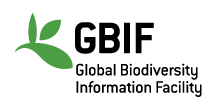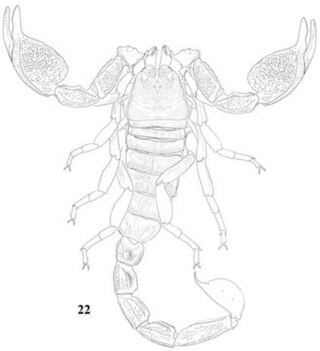
The Global Biodiversity Information Facility (GBIF) is an international organisation that focuses on making scientific data on biodiversity available via the Internet using web services. The data are provided by many institutions from around the world; GBIF's information architecture makes these data accessible and searchable through a single portal. Data available through the GBIF portal are primarily distribution data on plants, animals, fungi, and microbes for the world, and scientific names data.
The Catalogue of Life is an online database that provides an index of known species of animals, plants, fungi, and microorganisms. It was created in 2001 as a partnership between the global Species 2000 and the American Integrated Taxonomic Information System. The Catalogue is used by research scientists, citizen scientists, educators, and policy makers. The Catalogue is also used by the Biodiversity Heritage Library, the Barcode of Life Data System, Encyclopedia of Life, and the Global Biodiversity Information Facility. The Catalogue currently compiles data from 165 peer-reviewed taxonomic databases that are maintained by specialist institutions around the world. As of September 2022, the COL Checklist lists 2,067,951 of the world's 2.2m extant species known to taxonomists on the planet at present time.
The World Register of Marine Species (WoRMS) is a taxonomic database that aims to provide an authoritative and comprehensive list of names of marine organisms.
Plazi is a Swiss-based international non-profit association supporting and promoting the development of persistent and openly accessible digital bio-taxonomic literature. Plazi is cofounder of the Biodiversity Literature Repository and is maintaining this digital taxonomic literature repository at Zenodo to provide access to FAIR data converted from taxonomic publications using the TreatmentBank service, enhances submitted taxonomic treatments by creating a version in the XML format Taxpub, and educates about the importance of maintaining open access to scientific discourse and data. It is a contributor to the evolving e-taxonomy in the field of Biodiversity Informatics.
Chaerilus celebensis also known as the Asian bush scorpion or speckled bush scorpion is a species of scorpion from the family Chaerilidae. It was described in 1894 by Reginald Innes Pocock, using material from Luwu on the island of Sulawesi (Celebes) in Indonesia. Although it has been reported from a number of locations in Southeast Asia, the only reliable records are from Luwu. Specimens are stocky and barely exceed 1.5 inches (38 mm) in length. They rarely sting and their venom is of little or no medical significance. They live in tropical forests, but remain in the soil and mulch, graze on low vegetation and insects and are not capable of climbing vertical surfaces.

Chaerilus is a genus of scorpions in the family Chaerilidae. They live in tropical parts of South Asia and Southeast Asia. A fossil genus Electrochaerilus is known from the Late Cretaceous (Cenomanian) aged Burmese amber.

Isometrus maculatus, commonly as the lesser brown scorpion, is a species of scorpion in the family Buthidae. Its distribution is pantropical; it is an introduced species in Hawaii.

Belisarius is a genus of scorpions belonging to the family Belisariidae. The species of this genus are found in Southern Europe.
Chaerilus ceylonensis is a species of scorpion in Chaerilidae family. It is endemic to Sri Lanka.
Srilankametrus gravimanus is a species of scorpion belonging to the family Scorpionidae. It is native to India and Sri Lanka.

Scorpiops langxian is a species of scorpion in the family Euscorpiidae, first found in Tibet, China.

Scorpiops luridus is a species of scorpion in the Euscorpiidae family, first found in Tibet and Yunnan, China.
Hottentotta caboverdensis is a species of scorpions of the family Buthidae. The species was described by Wilson R. Lourenço and Eric Ythier in 2006. The specific name caboverdensis refers to Cape Verde, where the new species was found.
Troglotayosicidae is a family of scorpions belonging to the order Scorpiones.
Iurus is a genus of scorpions belonging to the family Iuridae.

Belisariidae is a family of scorpions belonging to the order Scorpiones.
Reddyanus ranawanai is a species of scorpion in the family Buthidae endemic to Sri Lanka.
Chaerilus philippinus is a species of scorpion native to the Philippines.

Gigantometrus is a genus, whose members are also known by the collective vernacular name giant forest scorpions. There only two species in this genus.






